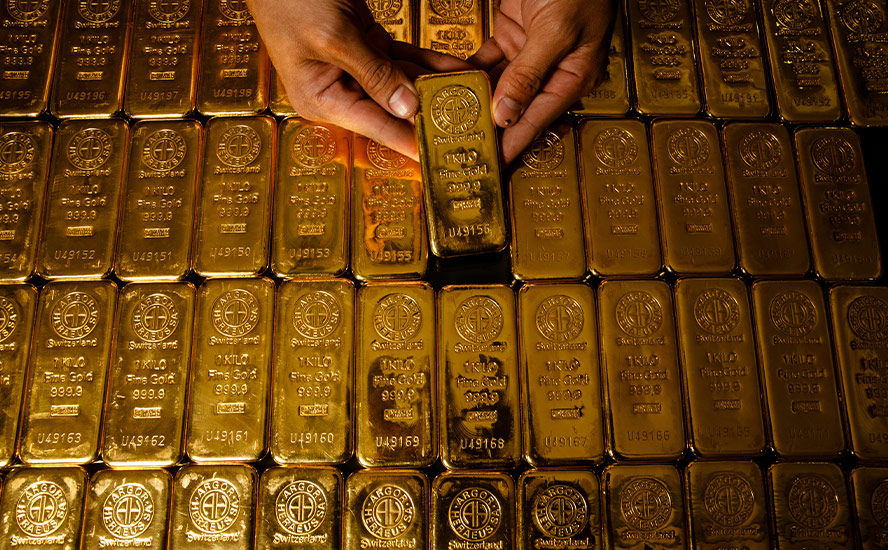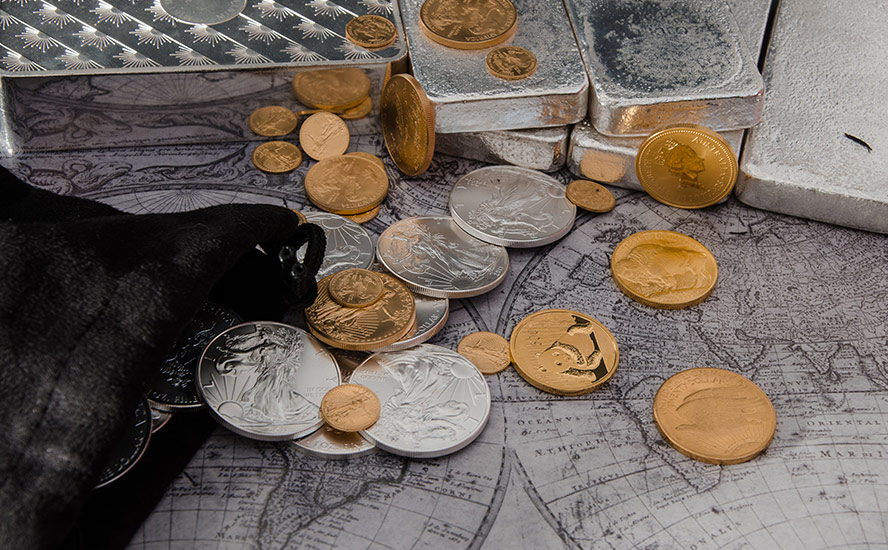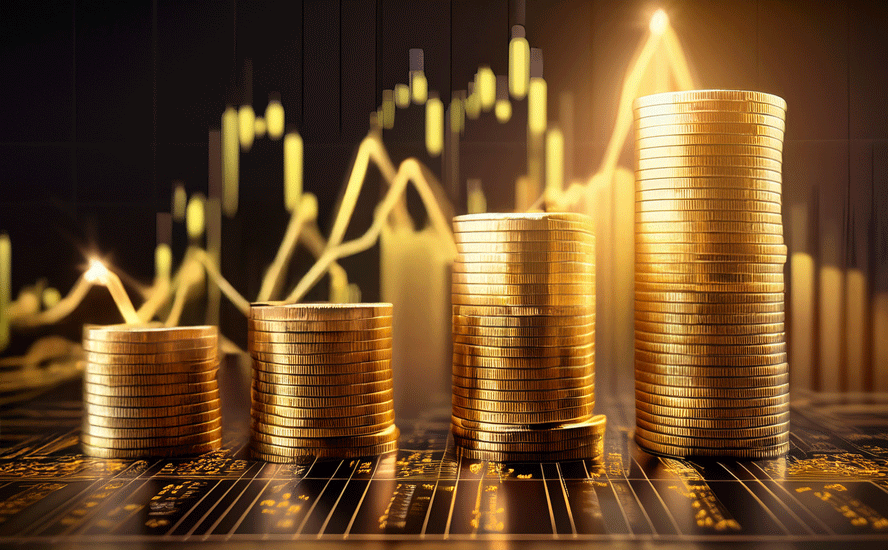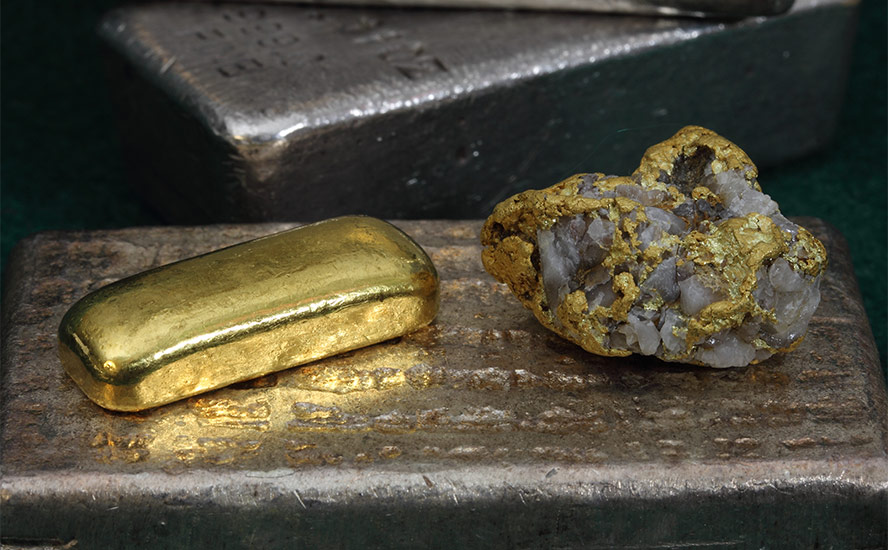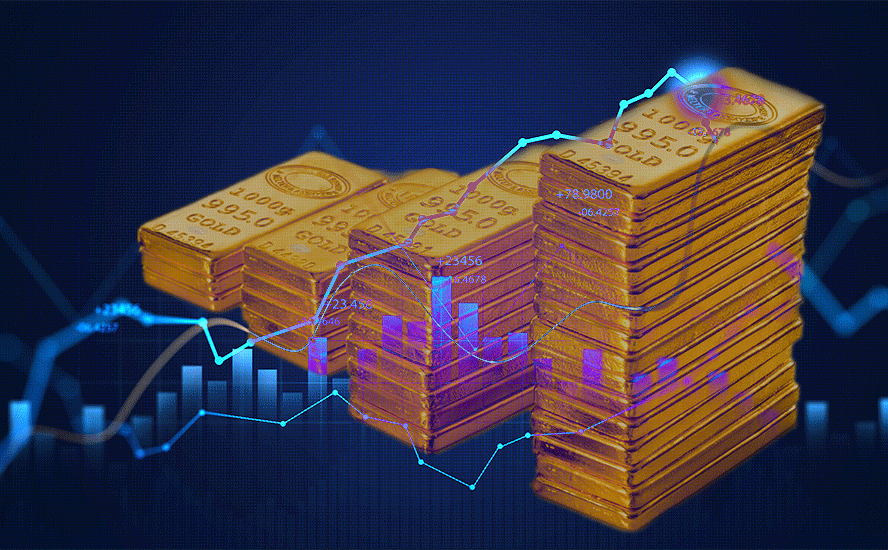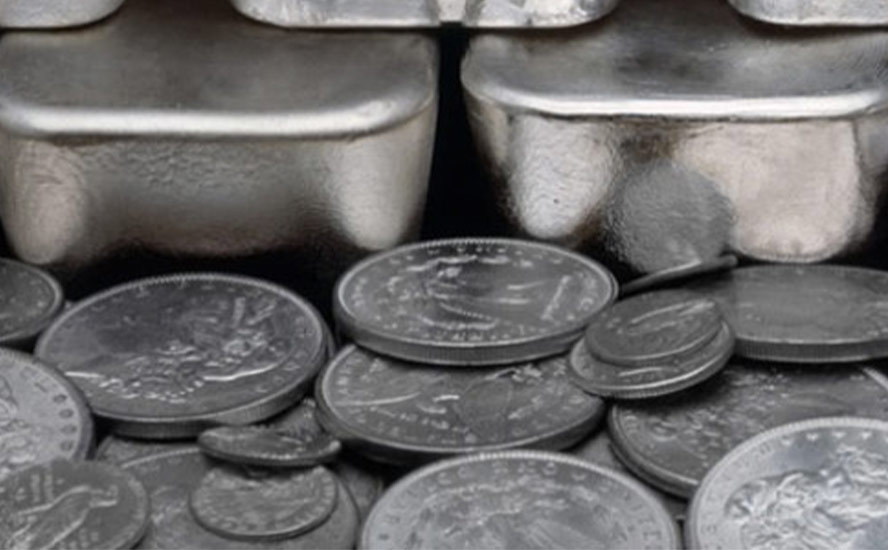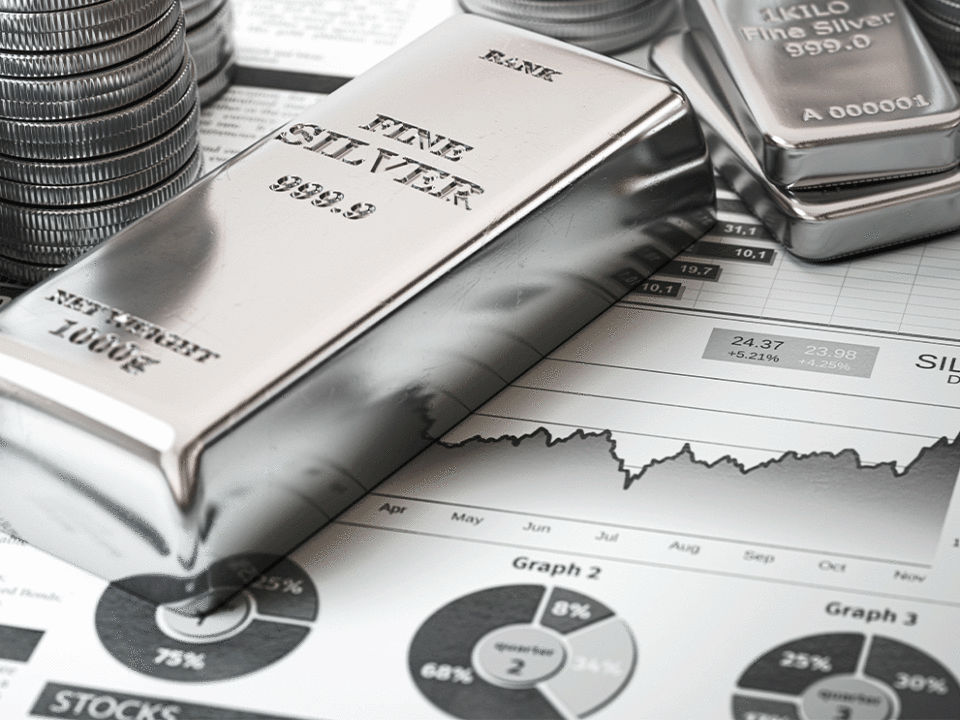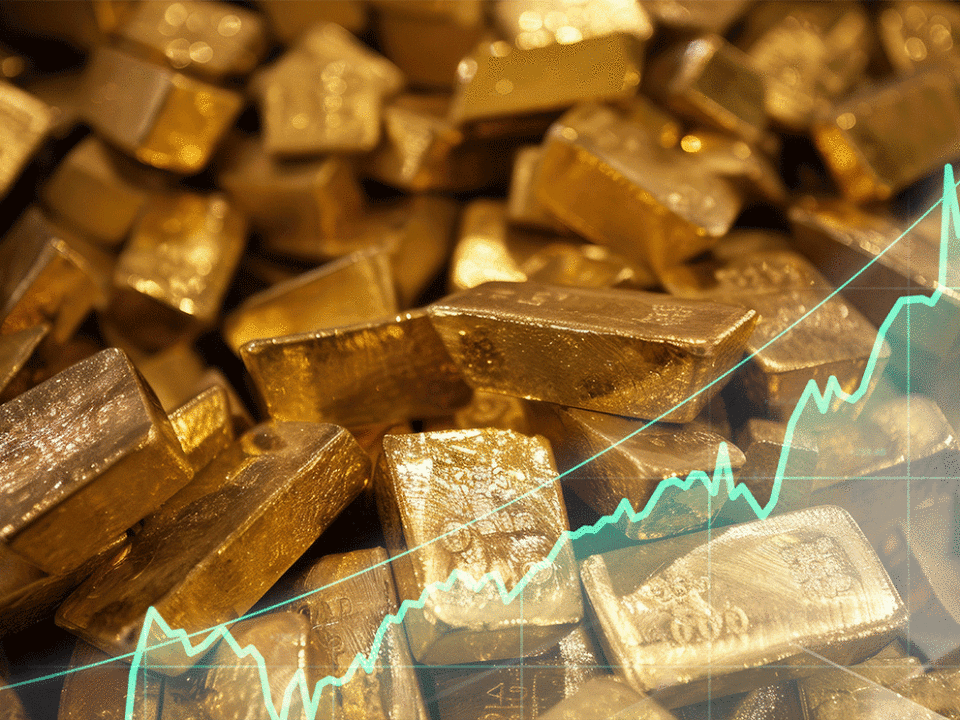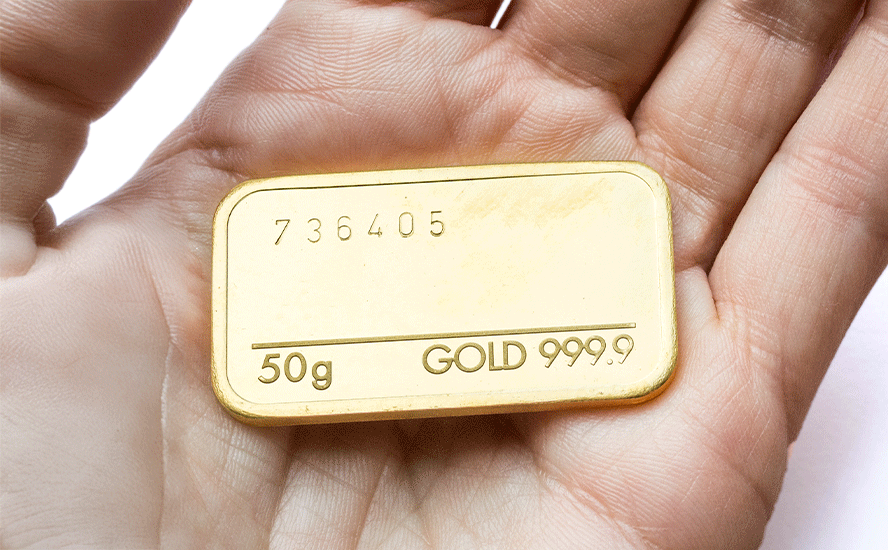5 reasons to invest in gold
- Home
- Articles
- Metals Precious Metals
- 5 reasons to invest in gold
2022.04.20
Gold has a long history of prominence in human civilizations dating back to ancient Egypt. To this day, it remains one of the most valuable commodities in the world.
Certainly, the metal’s rarity and glamorous glow make it worth obsessing over, but its value lies beyond that in the fields of art and jewelry. In modern times, gold can hold monetary value, and is regarded as a financial asset that people use to store their wealth.
Like many investments, gold can explode in value at certain times. In fact, we’re likely in the middle of another gold rally, as the metal has been outperforming the stock market so far in 2022.
So what makes gold’s value rise? And are those conditions being met? Below are the reasons why many are investing in gold right now:
- Inflation hedge
Inflation typically refers to the increase in price of goods and services over time; most of us have probably experienced inflation at some point in our lives. For consumers, inflation presents a huge problem as it weakens the purchasing power of our money (for example, the things we could buy with a $100 bill five years ago would not fetch the same amount of goods today). In other words, money loses its value when there is inflation.
Gold, on the other hand, tends to rise in value when price levels are rising, as it would require more money to buy an ounce of gold. In the past, those who wished to protect the value of their money would invest in gold, whose supply is limited and can be easily sold for its market value.
In fact, gold’s history of serving as an inflation hedge can be dated back to the early 1970s, when then US president Richard Nixon closed the “gold window” that fixed the gold-dollar exchange rate. For the half decade that followed, gold prices have for the most part tracked closely with inflation, sometimes even outperforming the rate of inflation.
A study by the World Gold Council showed that since 1971, gold has returned 15% per annum on average when inflation has been higher than 3%, compared to just over 6% per annum when inflation has been sub-3%.
The historical evidence offers support for gold’s investment appeal during an inflationary era, which is exactly where we are right now. Price levels in the US have accelerated to 8.5% during the month of March, the highest on record in 40 years.
With the ongoing pandemic and the war in Ukraine both disrupting global supply chains, chances are inflation will continue to stay elevated, which bodes well for gold’s outlook.
- Diversifier
Another reason gold should be under every investor’s radar is that it represents an ideal asset for diversification purposes. While stocks, bonds and exchange traded funds (ETFs) each offer varying degrees of investment appeal, they can be quite volatile and are quite dependent on the state of economy and performance of certain sectors.
Gold, meanwhile, has no direct correlation with these assets and does not fluctuate with the general direction of global markets. If anything, it performs better when the economic outlook is less than optimistic, as investors towards its inflation hedging powers and demand more of the metal.
As the old saying goes, it’s never a good idea to “put all your eggs in one basket”, and adding gold in any investment portfolio certainly pays homage to that.
- US dollar alternative
One asset that gold has a direct relationship to is the US dollar, as this is usually the currency that bullion is denominated in. As the world’s reserve currency, USD can either increase or decrease in value against other currencies.
The general rule is that when USD appreciates relative to other currencies worldwide, the price of gold tends to fall in USD terms. This is because gold becomes more expensive in other currencies. As the price of any commodity moves higher, there tend to be fewer buyers; in other words, demand recedes. Conversely, as the value of USD depreciates, gold tends to move higher as it now becomes cheaper in other currencies. Naturally, demand tends to increase at lower prices.
Given the red-hot inflation seen in the US economy, the value of the dollar is likely to come under renewed pressure with high prices continuing to erode consumers’ purchasing power, which once again makes gold an attractive bet.
- Limited supply
Gold is considered a scarce resource as its supply is finite, and therefore represents an attractive investment opportunity long as its demand continues to climb. By law of demand and supply, the price of a commodity rises when supply stays constant and demand moves up.
Gold is also difficult to produce, and the costs associated with gold mining are high, including exploration and extracting the metal from the earth. Moreover, it is very hard to find, as gold deposits are concentrated in specific geographic and geological settings.
Even when a gold mine enters production, its output is usually meager compared to the massive amounts being demanded. Data from the World Gold Council showed that global mine supply in 2021 came to 3,560 tonnes, which was over 400 tonnes short of the total metal demanded across all sectors.
Some analysts believe that global mine production has already peaked, and gold supply is on the verge of a dramatic decline in the coming years. As the gold shortage begins to solidify, increasing consumer and investor demand for gold is expected to send gold higher.
- Safe haven
Last but not least, and tying everything together, gold is considered the ideal safe-haven asset during times of economic and political uncertainty.
The precious metal can act as both a hedge against inflation by protecting the value of your “money” and a shield against any financial market crisis. During recessions, it’s probably one of the very few assets whose value tends to rise; its prices went up considerably in the 2007-08 financial crisis, and exceeded that performance in the middle of the covid pandemic.
And now with the war in Ukraine and valid concerns of stagflation — high inflation and slow economic growth — in the US, there is a “perform storm” brewing for another gold rally, as Goldman Sachs analysts recently predicted.
Richard (Rick) Mills
aheadoftheherd.com
subscribe to my free newsletter
Legal Notice / Disclaimer
Ahead of the Herd newsletter, aheadoftheherd.com, hereafter known as AOTH.
Any AOTH/Richard Mills document is not, and should not be, construed as an offer to sell or the solicitation of an offer to purchase or subscribe for any investment.

Legal Notice / Disclaimer
Ahead of the Herd newsletter, aheadoftheherd.com, hereafter known as AOTH.Please read the entire Disclaimer carefully before you use this website or read the newsletter. If you do not agree to all the AOTH/Richard Mills Disclaimer, do not access/read this website/newsletter/article, or any of its pages. By reading/using this AOTH/Richard Mills website/newsletter/article, and whether you actually read this Disclaimer, you are deemed to have accepted it.
